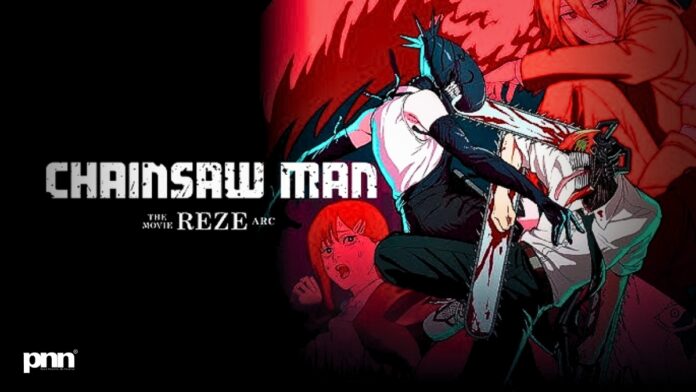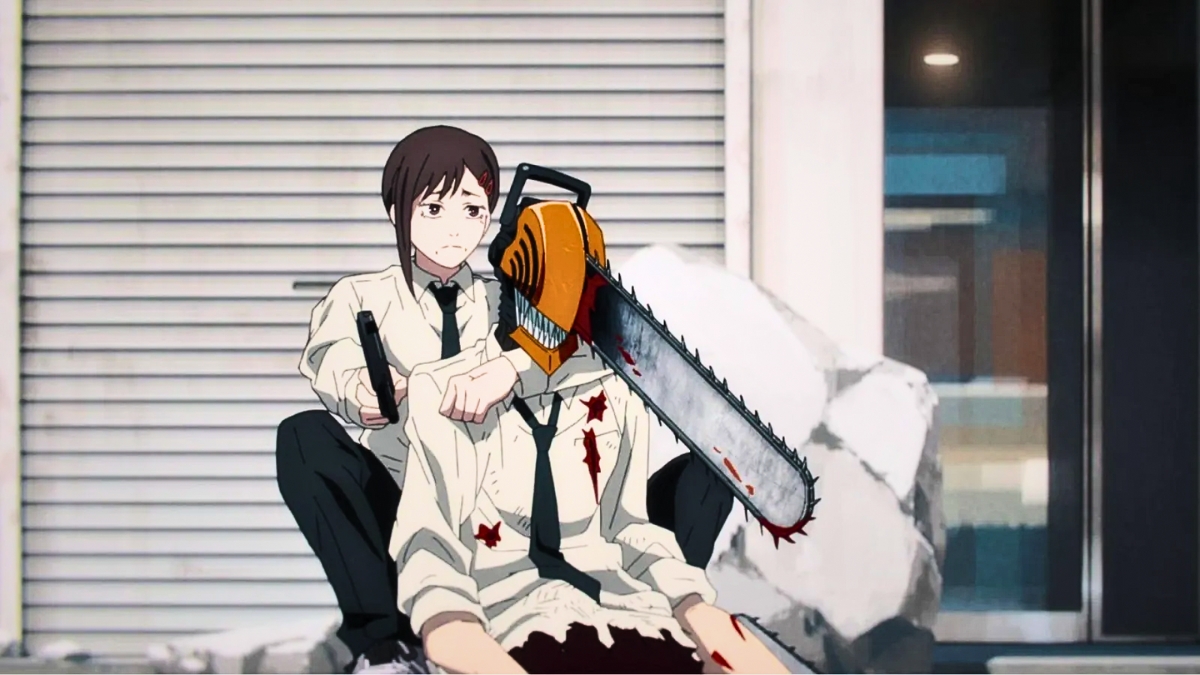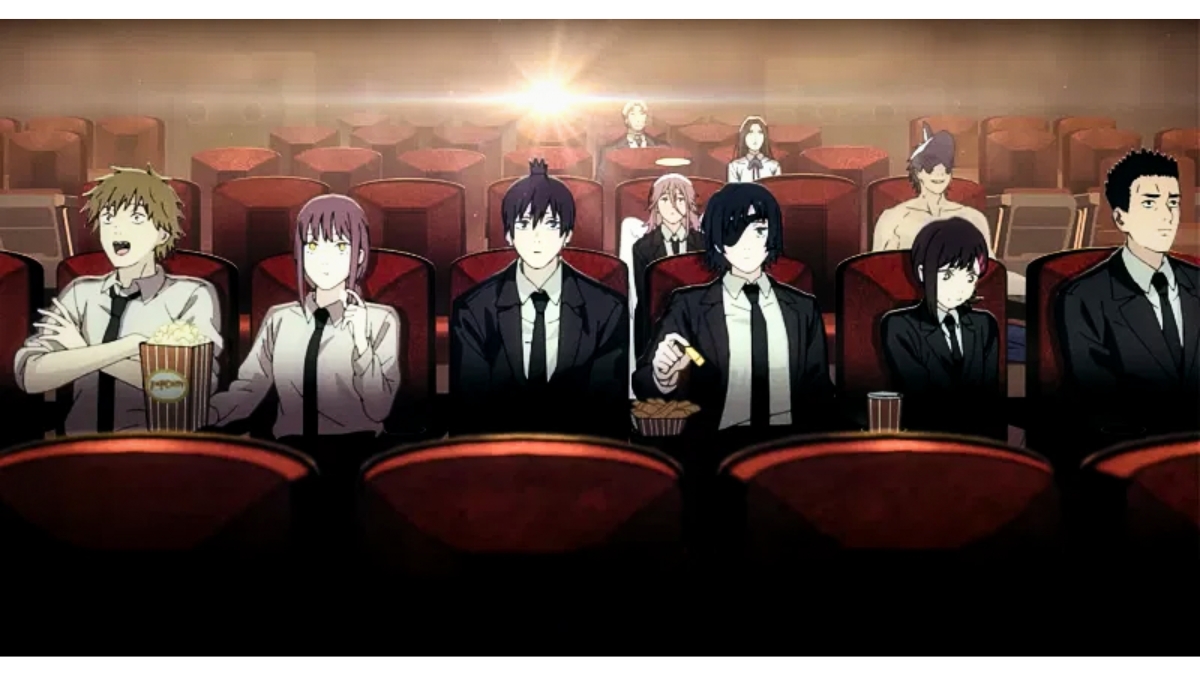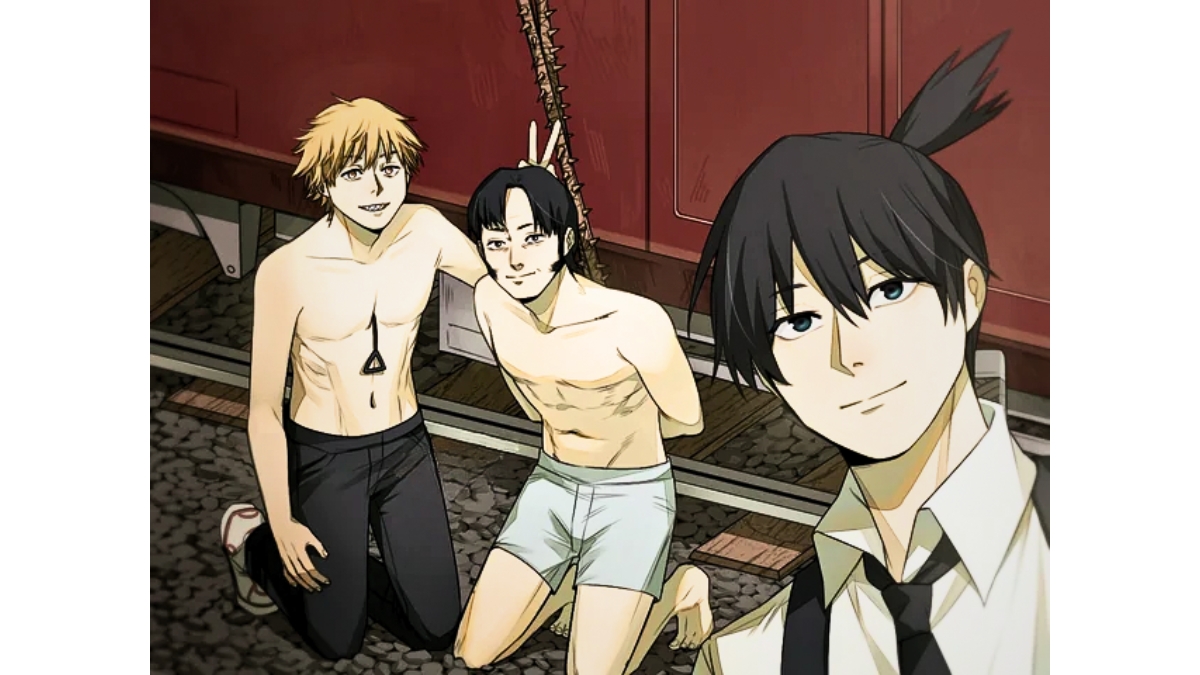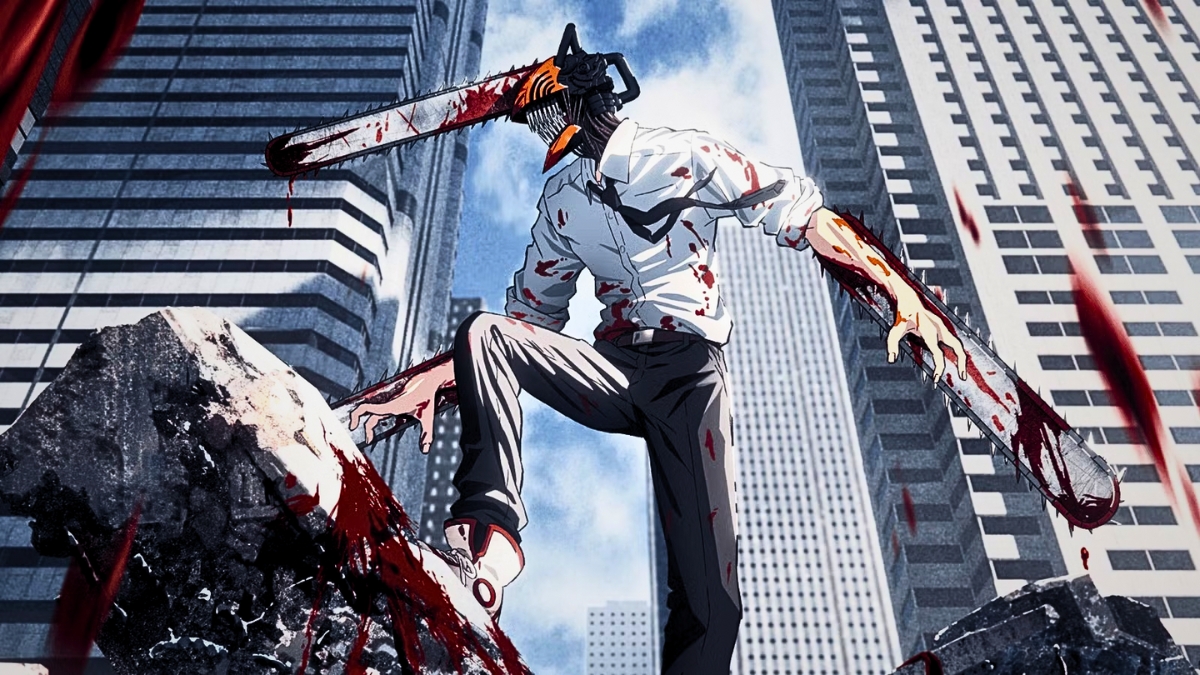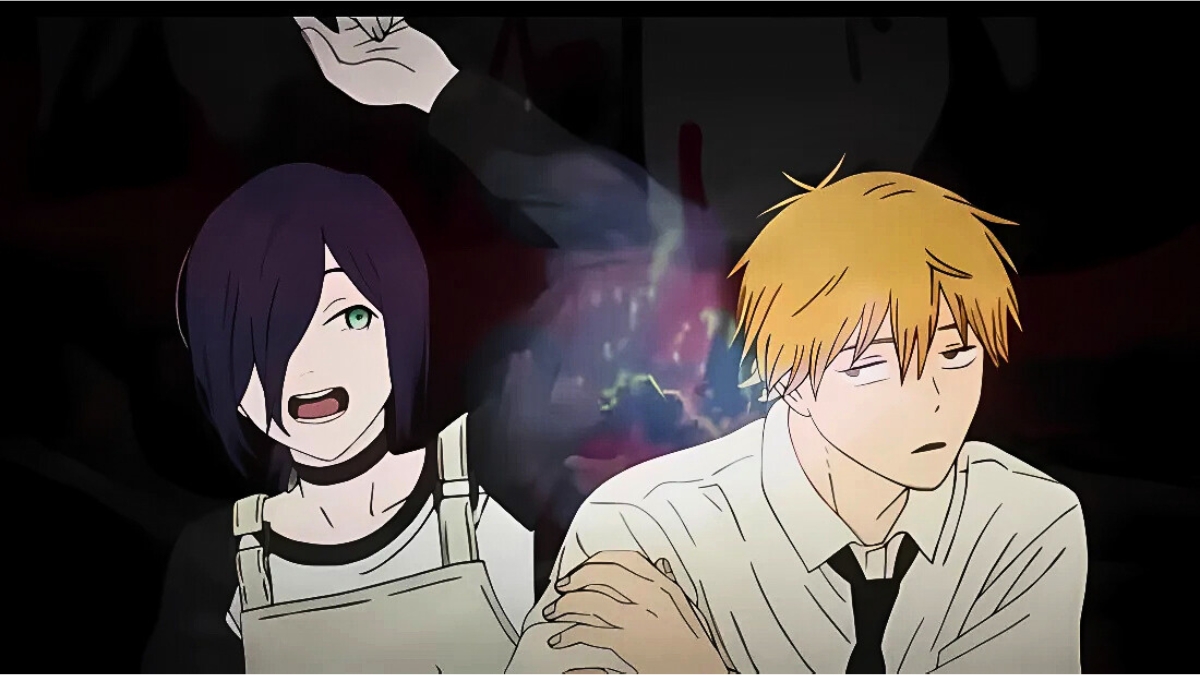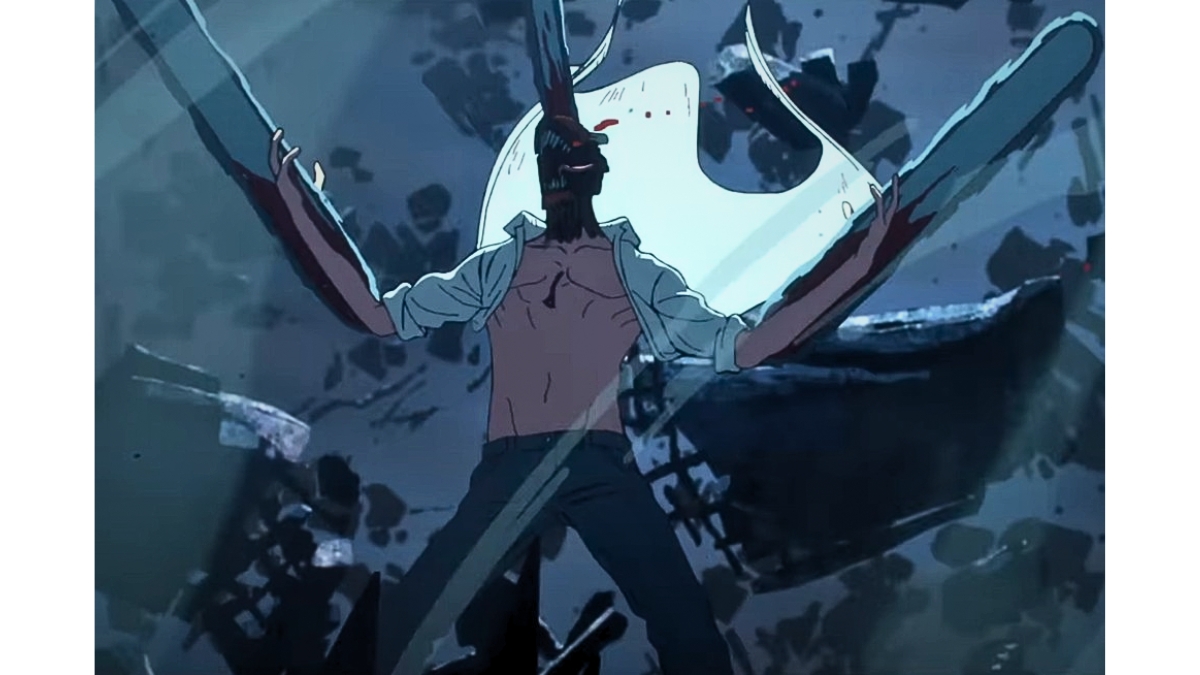Mumbai (Maharashtra) [India], October 1: Anime fans in India and across the globe rarely get quiet weekends anymore—thanks to the juggernaut called Chainsaw Man. The latest theatrical instalment, Chainsaw Man: The Movie – Reze Arc, didn’t just release; it practically revved its chainsaw into the hearts (and wallets) of audiences. And like Denji himself, it arrived with chaos, comedy, blood-splatter, and yes… a touch of romance that’s as explosive as it is tragic.
But let’s pause. Why the hysteria around this anime film? And more importantly, has it actually lived up to the fandom’s deafening expectations, or are we just hearing the sound of chainsaws revving without much fuel?
The Hype, the Love, and the Chainsaw Fandom
Anime today is no longer just for late-night binge-watchers. In India, screenings of Chainsaw Man: Reze Arc have been packed with teens donning cosplay, university students yelling “Pochita!” in theaters, and die-hard manga readers mouthing dialogues before the characters even finish them. It’s cultural chaos—and the film knows it.
Adapted from Tatsuki Fujimoto’s cult manga, the Reze Arc is one of the most iconic storylines in the series. It blends romance and horror in a way few anime dare—introducing Reze, a mysterious girl who straddles the line between “dream crush” and “literal nightmare.” For protagonist Denji, who only ever wanted simple joys like jam on bread and affection, this arc hits like an emotional buzzsaw.
The film leans into this with unapologetic confidence: beautifully animated fight sequences that are choreographed like ballet, drenched in blood-red palettes; tender moments of romance that feel like Fujimoto scribbled them straight from a fever dream; and comic relief so ridiculous it leaves audiences wheezing.
Box Office Rampage
Now, the numbers. According to early trade reports, Chainsaw Man: The Movie – Reze Arc has already grossed over ₹12 crore in India alone by Day 5, with a worldwide collection hovering above the $35 million mark. Day 1 was electric, pulling anime enthusiasts to theatres in droves, while Day 4 and Day 5 saw the typical dip after the weekend rush—something even Denji’s chainsaw arms couldn’t slice through.
The Times of India reported that by Day 4, the film raked in ₹1.69 crore domestically, showing that while the opening frenzy was loud, sustainability is the real challenge. Still, considering anime films in India traditionally occupy a niche, this performance is historic. It’s comfortably ahead of other recent anime releases and breathing down the neck of established shonen franchises.
Why Did It Click?
Several reasons, actually:
The Reze Arc Itself: Ask any Chainsaw Man manga reader their favorite arc, and “Reze” will appear in the top 3. The storyline’s blend of heartbreak and violence makes it tailor-made for cinematic treatment.
Studio MAPPA’s Animation: Love them or hate them, MAPPA delivers spectacle. Critics can debate the ethics of overworked animators, but visually? The movie is a stunner. The cityscapes, explosions, and Denji’s brutal transformations all carry the studio’s signature flair.
Marketing Done Right: Crunchyroll, PVR Pictures, and anime fan communities flooded social media with Reze posters, fan art contests, and premiere events. Even casual Netflix-watchers who only heard of Chainsaw Man jumped into theaters “to see what the fuss is about.”
The Cult of Denji: At the heart of it, audiences love rooting for the underdog. Denji’s a broke teenager with absurd dreams (jam, girlfriend, a bed). His relatability—wrapped in gore—makes for irresistible storytelling.
But Not Everything Is Perfect
Of course, it wouldn’t be a true Chainsaw Man experience without dividing audiences.
Some critics argue that the pacing is inconsistent—long stretches of dialogue followed by abrupt bursts of carnage. Others feel the humor, while true to Fujimoto’s style, occasionally dilutes the emotional gravitas of Denji and Reze’s relationship.
On social media, fans have also complained about ticket prices in India being higher than those for other anime screenings. A few cinephiles even compared it unfavorably with Jujutsu Kaisen 0 or Demon Slayer: Mugen Train, claiming that while Chainsaw Man is raw and stylish, it lacks the “soul” those films carried.
Yet, ironically, these criticisms only fuel its virality. After all, when was the last time you saw fans passionately debate a fictional boy who turns into a chainsaw?
Pop Culture Impact
What’s particularly striking is how Chainsaw Man: Reze Arc has broken the bubble of “anime-only audiences.” Bollywood stars and influencers have dropped cheeky Instagram stories about watching it. Memes of Denji’s clumsy romantic attempts with Reze are flooding X (formerly Twitter). In fact, the hashtag #RezeArc trended for 48 hours straight in India post-release.
Some fans went as far as dubbing it “anime’s Romeo and Juliet—if Juliet had explosives hidden under her skin.” Not inaccurate.
Production Costs & Global Gamble
Insiders report that the film’s production budget was around $15 million, making it a mid-tier anime film in terms of expenses. Considering MAPPA’s infamous work pipeline, it’s a miracle the animators pulled this off without collapsing. Distribution costs in India, Europe, and North America added another layer, bringing the overall investment close to $20 million.
The gamble seems to be paying off. With solid international numbers and merchandise (Reze plushies are selling out online), the film could very well double its investment within the next week.
Final Take
Chainsaw Man: The Movie – Reze Arc is not flawless. It stumbles here and there, much like Denji himself—messy, brash, often confused. But that’s precisely why it works. It doesn’t attempt to be polished like a Marvel flick. Instead, it offers a chaotic, blood-soaked love story with the kind of absurd sincerity that only anime can pull off.
For fans, it’s a cinematic event; for newcomers, it’s an invitation into a world where love and death dance to the revving of chainsaws. Either way, it’s a ride worth taking—though not for the faint of heart.


